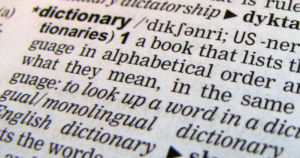
Introduction to Disability Terminology
To help authors make informed decisions about what language to use, we talk about disability terminology–from outdated words and cringe-worthy phrases to straight-up ableist slurs, and everything in between.

To help authors make informed decisions about what language to use, we talk about disability terminology–from outdated words and cringe-worthy phrases to straight-up ableist slurs, and everything in between.

A good ending doesn’t erase the time I spent feeling isolated, excluded, and hurt because of the way Rose is treated.
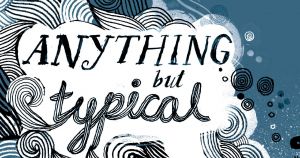
Like in real life, autism spectrum disorder alone is never the whole story, and Baskin does a good job balancing Jason’s autism with his writing life, family, school, and budding friendship. She’s succeeded in creating an authentic autistic character who is anything but stereotypical.

The Categorical Universe of Candice Phee is a fun, well-written book, if an imperfect autism read.
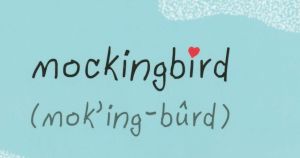
This book was awarded the National Book Award for Young People’s Literature, but as well intentioned as it might have been, it was clearly written by someone with almost no understanding of what Aspies are really like—it was written by and for a neurotypical audience.
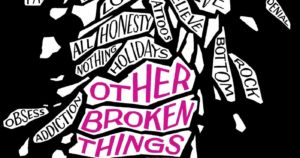
Any time I pick up a book about addiction and recovery, I do so with equal parts hope and trepidation. Despite our differences, I understood Natalie fully and completely from the get-go.
What kind of tips do our contributors have for authors seeking to respectfully write disabled characters?
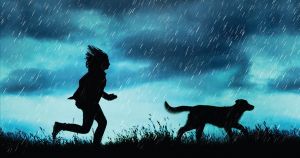
For all that there are moments when Rose’s voice is nuanced and shines, those nuances continuously pushed aside for a far more stereotypical narrative. This is not the story of an autistic character written for an inclusive audience; this is a story about an autistic character written for a neurotypical audience.

We sat down with NYT bestselling author Leigh Bardugo to talk about her most recent series, its depiction of disability, and more!
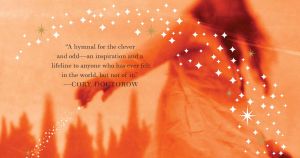
Among Others is a terrific book, even if it isn’t perfect, and I’m so glad Walton represented a disabled teen girl as interesting, strong, and unique.